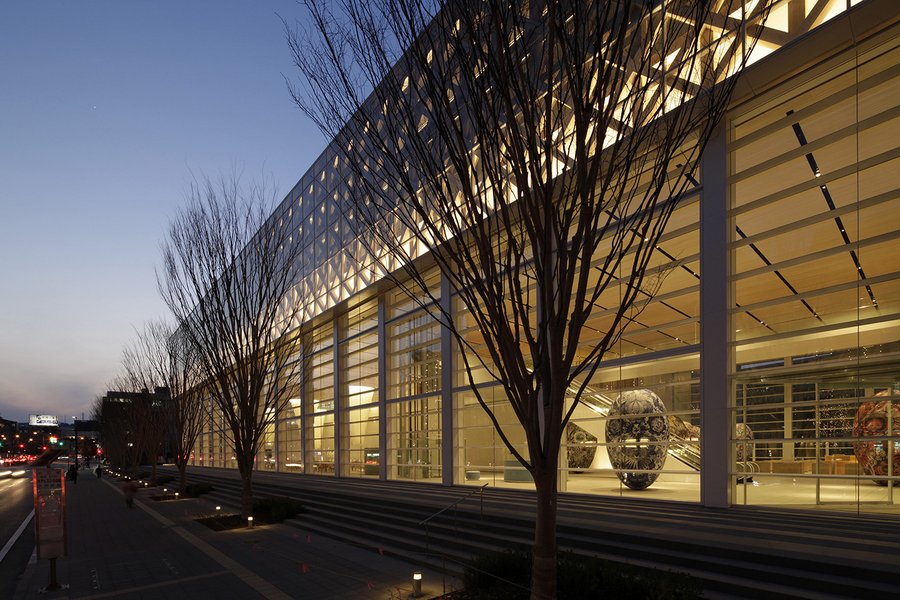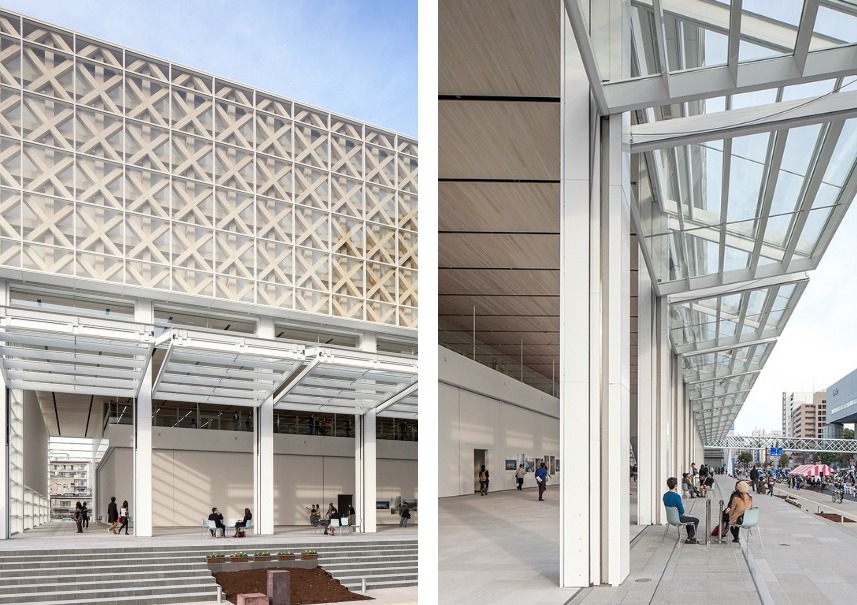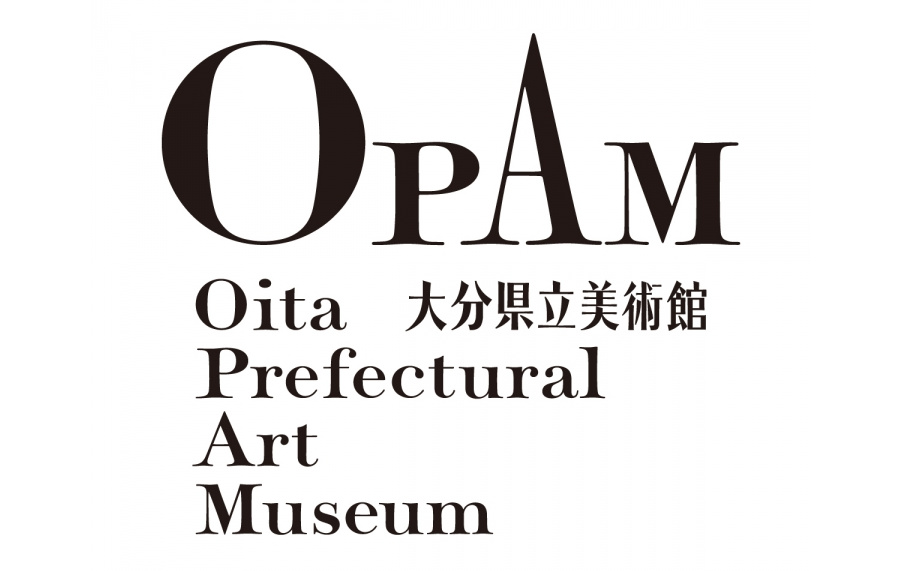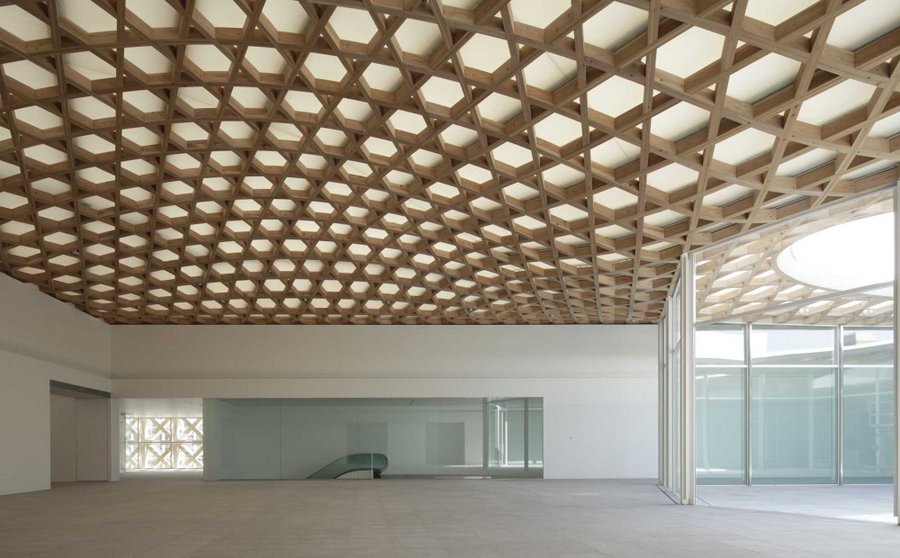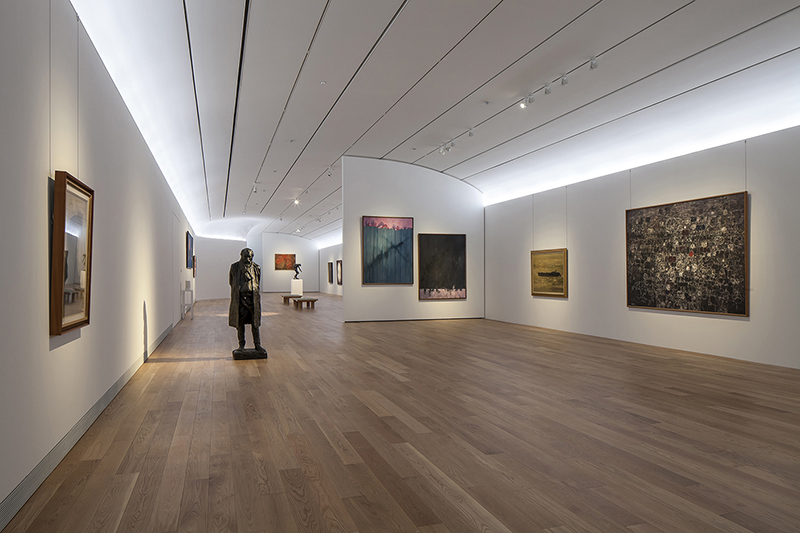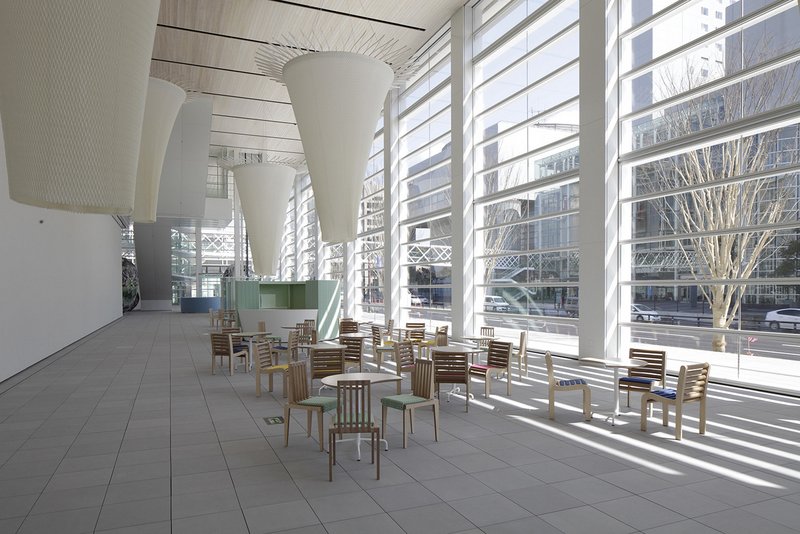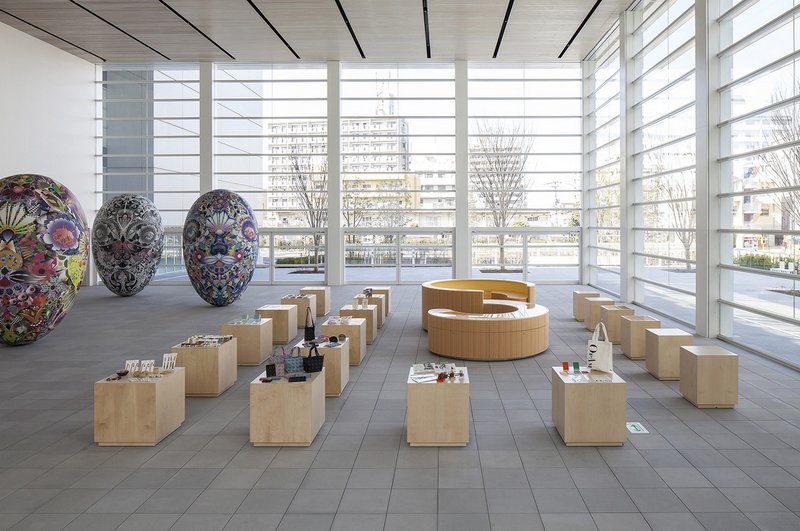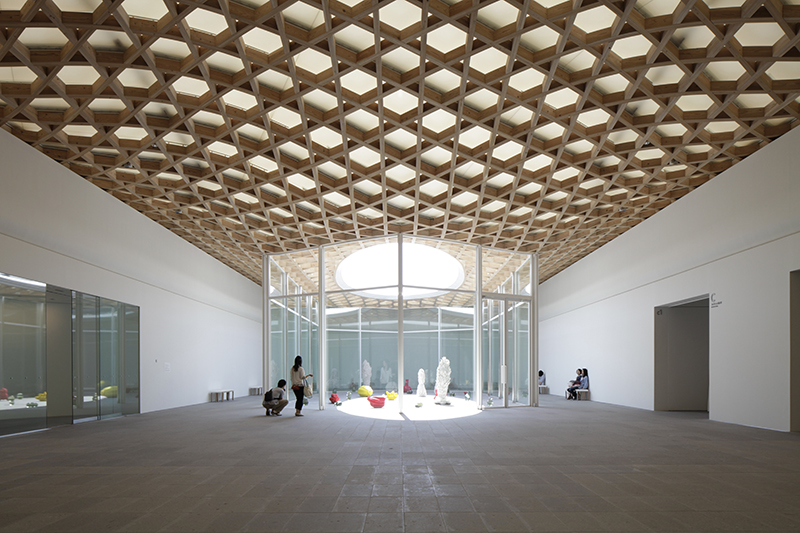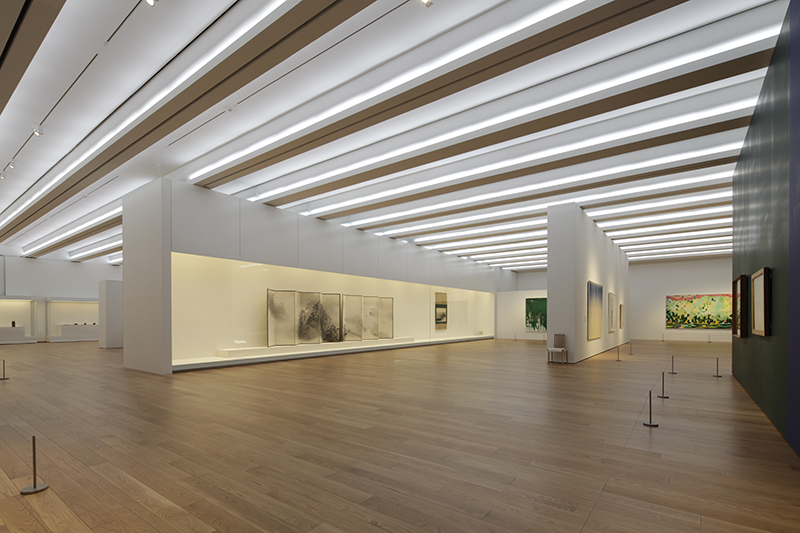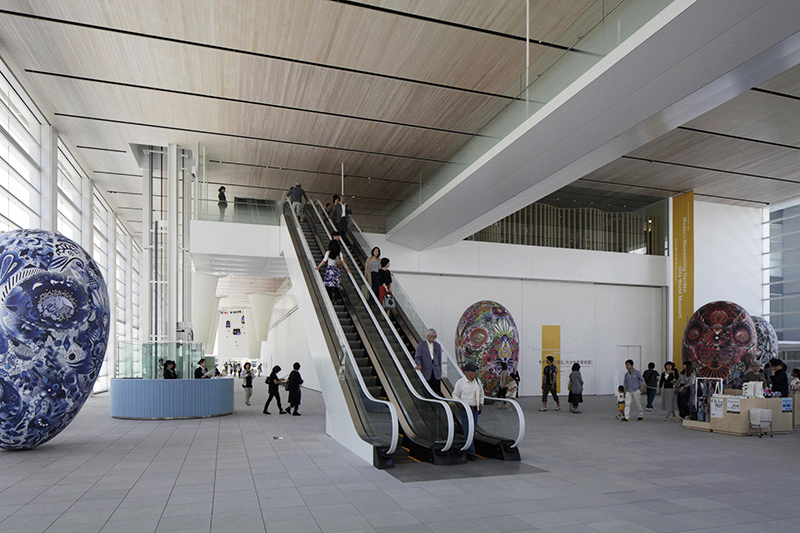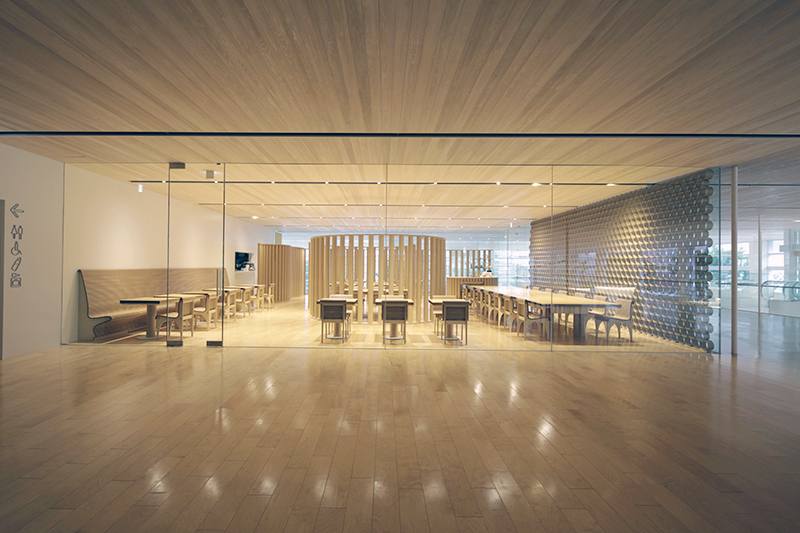Now Open: The New Oita Prefectural Art Museum Designed by Shigeru Ban
It is meaningless to build an art museum if you are going to imitate others, says Ryu Niimi, director of the new Oita Prefectural Art Museum. If you are not determined to build something unique, and like nothing else, to exist only in Oita, then it is meaningless. With that bold mission statement, last month the OPAM (as it is abbreviated), the Museum of Five Senses, (as it is being proclaimed) opened to visitors last month.
Located on the coast of Oita prefecture in Southern Japan, OPAM boasts a collection of over 5000 works by Japanese painters and sculptors. Oita, in particular, is responsible for cultivating and producing a wealth of artists and styles like the gentle and melancholic brush strokes of Tanomura Chikuden, the modernist vegetation and water ripples of Heihachiro Fukuda, and the abstract, geometrical shapes of Teppei Ujiyama, just to name a few.
Oitas vast cultural heritage, along with its unique positioning nearby other Asian countries, is now being steered by author and curator Ryu Niimi. The 57-year old scholar of Japanese art has footprints in the Sezon Museum of Art, Isamu Noguchi Garden Museum, as well as Keio University and Musashino Art University.
The museums visual identity was created by CDL, a communication and design firm led by Keiko Hirano and Aoshi Kudo. The duo created the unique, elongated lettering to visually represent the museums potential, scalability and diversity.
But if the collection doesnt lure you enough, surely the architecture will. The new structure was designed by Shigeru Ban, Japans humanitarian architect and the most recent winner of a Pritzker prize, the architecture worlds equivalent of a Nobel. The three-floor cubic structure is wrapped with Bans signature wooden latticed façade, which diffuses light into the gallery space but is also an homage to the areas local craft.
On the ground level is a cafe space that opens up into the atrium. The vast space can be utilized for site-specific installations.

